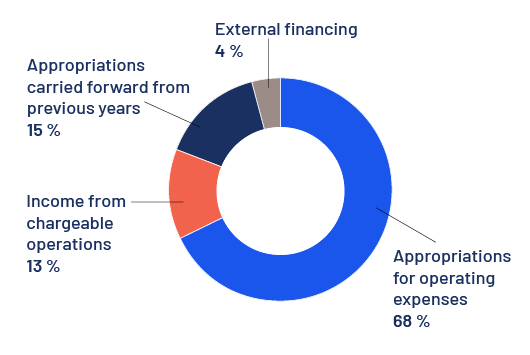Besides Statistics Finland, official statistics are produced in Finland by many other authorities, such as Finnish Customs, the Natural Resources Institute Finland (Luke) and the Finnish Institute of Occupational Health. We coordinate and develop the production and publication of statistics together with these other actors. Together we form the national statistical service, which is also known as the national statistical ecosystem.
The standards and procedures of statistical work are agreed upon globally and statistics are based on many definitions, requirements and instructions. The work of most Statistics Finland employees has an international dimension.

